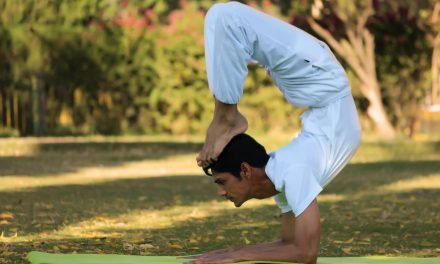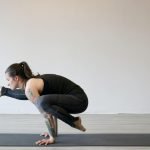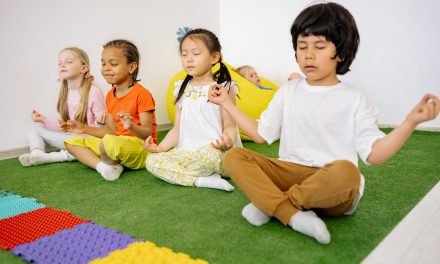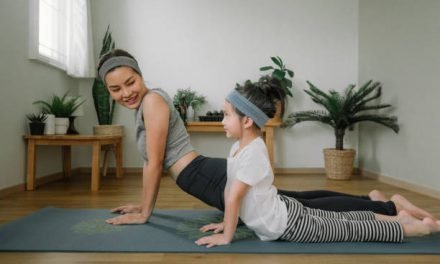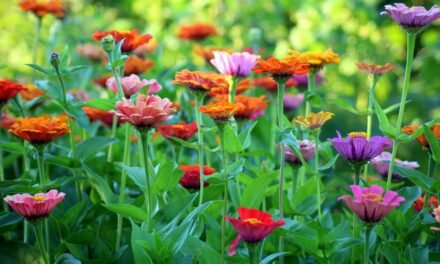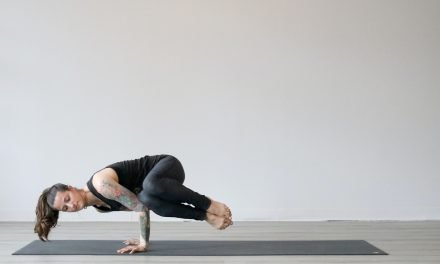
What Type of Yoga Practice Is Right for Me?

First of all, we tend to assimilate yoga to its “sporting” component only. Whether it is according to the Raja-Ashtanga tradition with eight pillars, or according to the Kriya tradition with three branches, you will see that asanas (the term is given to postures, one of the elements of yoga practice participate in a much wider process. The goal is, in fine, to take you to an ecstatic state, in communion with all living beings.
It is true that people who practice yoga in the sporting sense of the term do not always venture into other spheres. However, reducing yoga to a single sports practice would be a mistake. During a session, you will quickly realize that asanas have an influence on your mental state; lighter, deeper and clearer when leaving than when arriving.
Now let’s get to the heart of the matter! To know the type of yoga that suits you, it is first important to understand what you want.
What mood are you in!
Hatha Yoga, practice gently
The practice of Hatha uses the same postures (asanas) as Vinyasa and Ashtanga, but the rhythm with which you do them differs, and unlike the other two styles, we go from one pose to another without transition. It is often appreciated by people who want to discover or practice yoga gently.
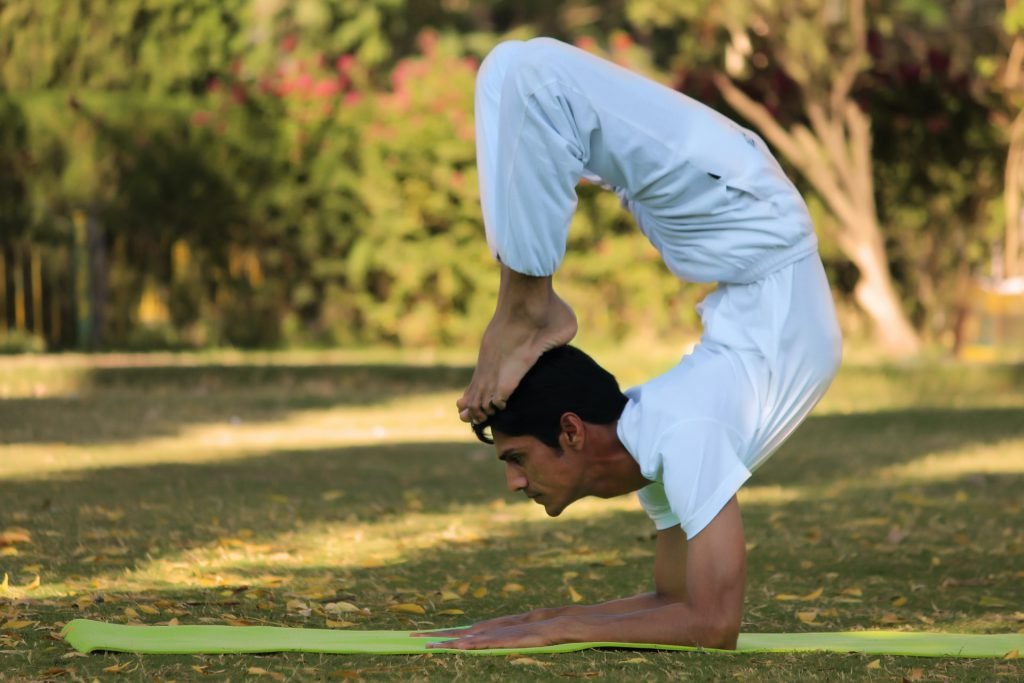
Throughout the session, you work to align and calm your body, thoughts, and mind. You also do several breathing exercises. Make no mistake, every style of yoga is physical, whether the pace is slow or fast: you will feel your muscles the days after!
Ashtanga, detoxify yourself
Originally from Mysore, a city in southern India, Ashtanga has a well-defined structure of six series of sequences. We practice only once per session, often the primary series “Yoga Chikitsa”, the others being very difficult. In each, you find the first five sun salutations A then five B, followed by postures held for several breaths. During an Ashtanga session, you use a particular form of breathing: the Ujjayi. You regulate your airflow thanks to your glottis located at the level of the vocal cords, which produces a kind of whistling and internal heat… nothing better than to test to understand! Warmed by both the Ujjayi, the auṁ and śāntiḥ chants and the flow of the asanas, you effectively detoxify and energize your body. Sweating guaranteed!
Vinyasa, reach your flow
Vinyasa is based on Ashtanga but the structure of a session is much freer.
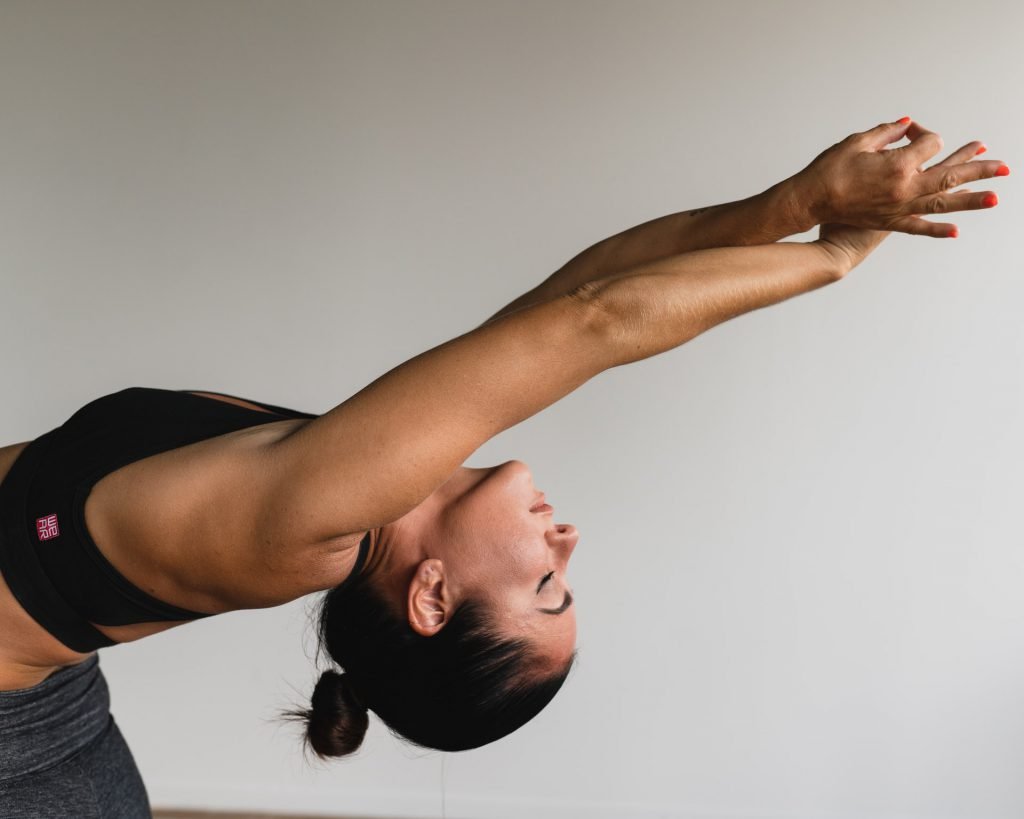
You find the same asanas and pay close attention to breathing (more or less similar to Ujjayi according to the teachers) but the course of a session is not fixed like an Ashtanga session is. It is also characterized by “ flow ”: music, breathing, and fluidity between postures all combine to bring you into a state of alignment with yourself. You feel consistent with your movements and fully feel your energy without any thought. Note that the transitions in a Vinyasa series are as important as the poses themselves.
Bikram, come and sweat
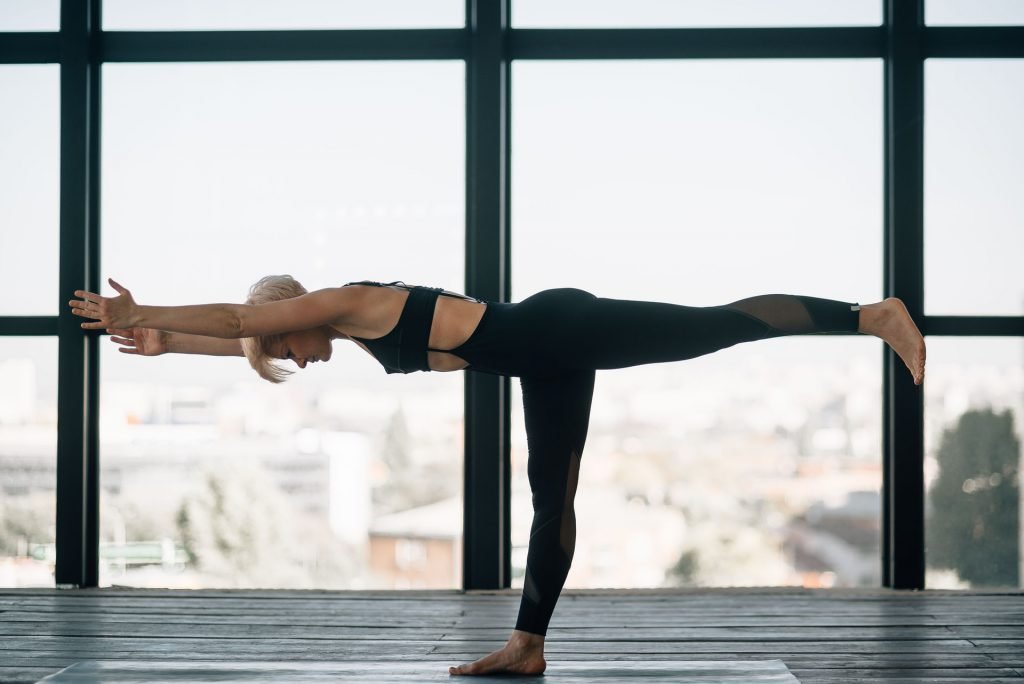
In a very simplified way, Bikram is yoga in a room where it is very hot … (around 40 ° c). Created by Bikram Choudhury, the Bikram then inspired other yogis who took up the concept of high temperature and humidity with a certain freedom in the sequence of asanas: this is what gave the different types of Hot Yoga. For an hour and a half in general, you do twenty-six fixed postures associated with two breathing exercises. The sequences and the strong heat help you to strongly detoxify your body. Sauna and hammam enthusiasts, we recommend that you try it out.
Iyengar, give free rein to your perfectionism
Are you a perfectionist and like to follow through on things?
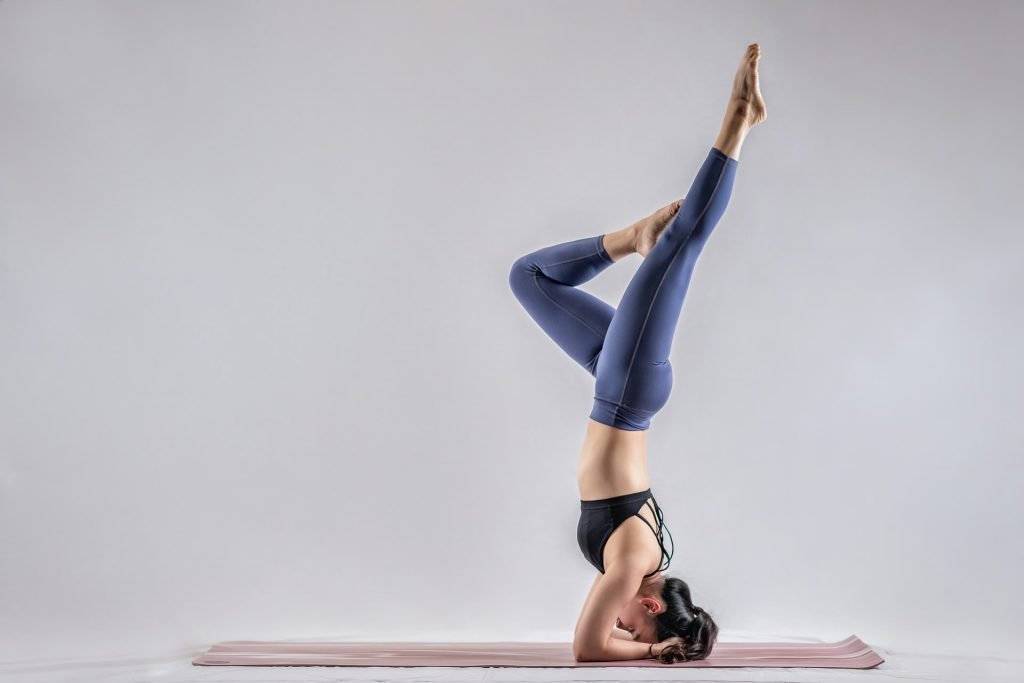
The Iyengar could be for you! Sometimes referred to as precision yoga, it invites you to pay full attention to the anatomical and alignment details of each posture. You hold your positions for quite a long time and use accessories (blocks, chair…) in order to do them perfectly. The Iyengar is particularly recognized for its therapeutic virtues, in particular for relieving back pain. Leave your computer screen or your smartphone and go test!
Kundalini, release your emotions
The Kundalini is a little more difficult to approach and sometimes unsettling because it participates in the release of buried emotions. Thanks to rhythmic movements, breathing exercises, songs, and sound stimulation, you circulate your energy through your body. According to followers, it would also unlock the libido.
Yin, strengthen your sitting position
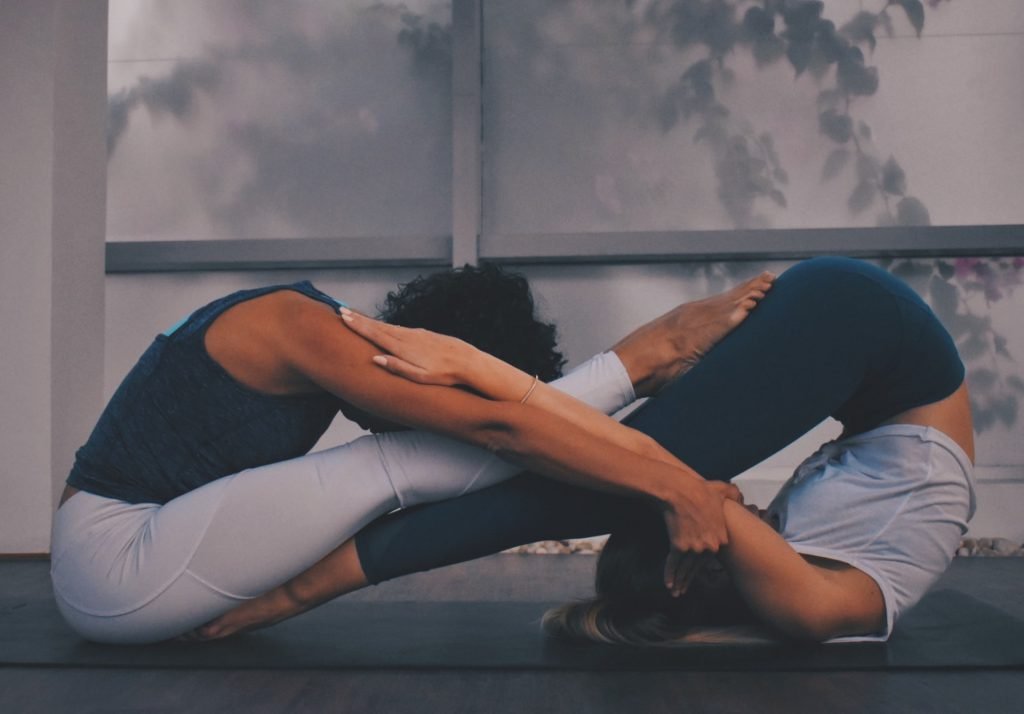
During a Yin session, the pace is rather slow and you hold your positions for three to five minutes. You work in depth the connective tissues around the joints, especially in the knees, pelvis, sacrum, and spine. The goal of Yin is to help you stay comfortable in a sitting position during your meditations.
Nidra, improve the quality of your sleep
One often distinguishes the Nidra from other styles of yoga because here no dog-upside down, nor posture of the fighter, but rather a practice that brings to a state of relaxation. You are lying on the floor (in “savasana”) and mentally follow your teacher’s instructions. The latter guides you to first detach yourself from the outside and your negative thoughts, then secondly, visualize images that do you good or repeat mantras. Nothing like a Nidra session to improve your sleep: they say that thirty minutes of Nidra would be equivalent to two hours of sleep!
Many other practices exist and flourish regularly in yoga studios: acro yoga to practice in pairs, restorative composed of gentle movements, not to mention all the derivatives of Bikram (Baptiste, Forrest, Corepower…).
It’s up to you to play now to select and test those that match your current desires and needs. Note that a good way to discover several types is to go on a yoga retreat where you will practice different styles depending on the day and time of day.


